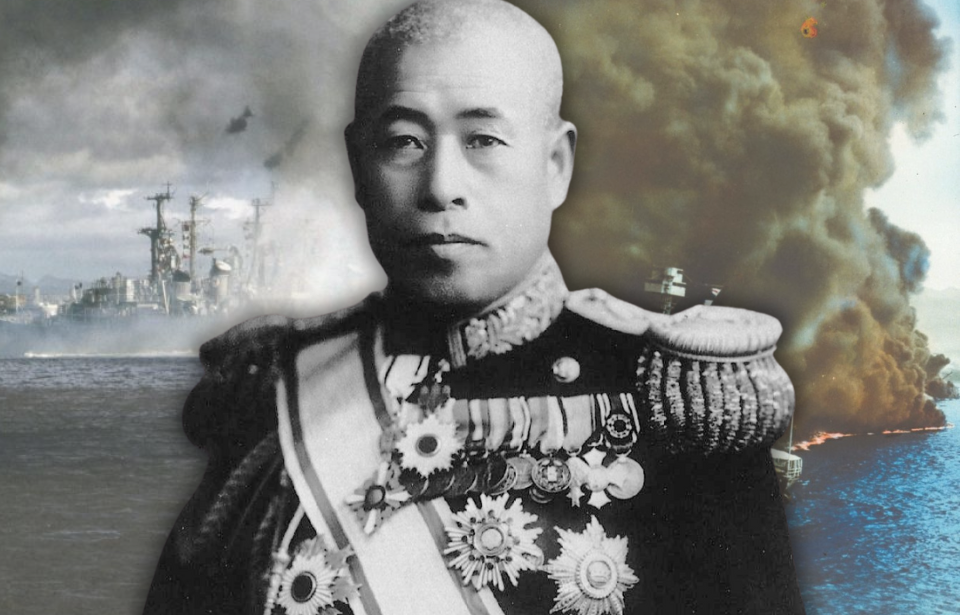Isoroku Yamamoto, an officer in the Imperial Japanese Navy, had many ties to the United States. During his time as a naval attaché in Washington, DC, he developed a deep respect for American culture. Despite his regard for the U.S. military and his own experiences in America, Yamamoto would go on to plan the infamous attack on Pearl Harbor in December 1941.
Isoroku Yamamoto’s upbringing and early career
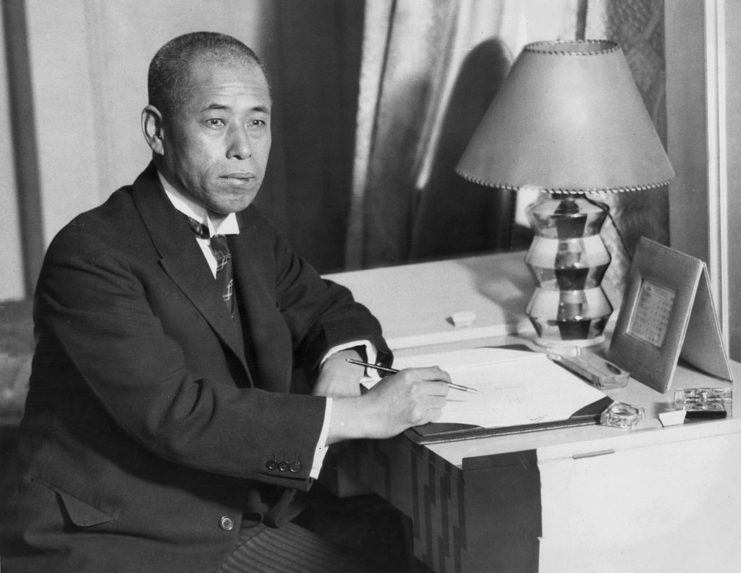
In 1904, Yamamoto graduated from the Imperial Japanese Naval Academy and served in the Russo-Japanese War. During the Battle of Tsushima, he was wounded, losing the index and middle fingers on his left hand. His performance earned him recognition from his superiors, allowing for his fast rise through the ranks.
By 1916, he had achieved the rank of lieutenant commander, and three years later, he was promoted to commander.
Experience in the US, rivalry with the Japanese Army
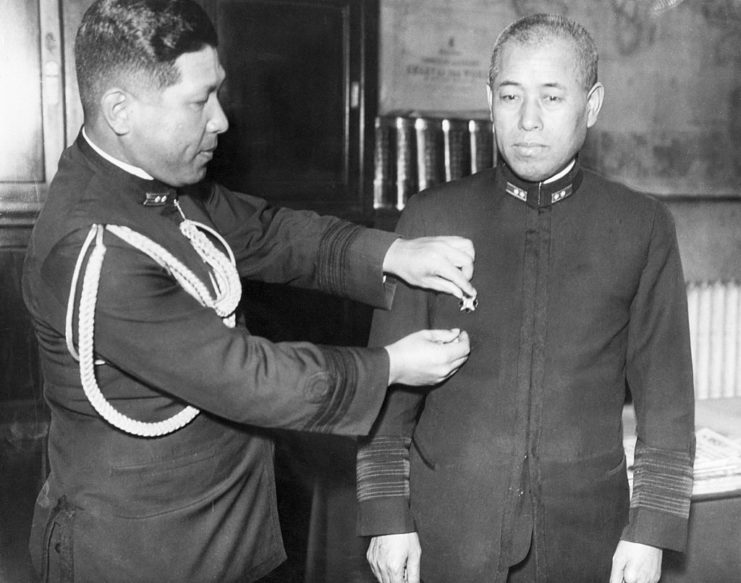
Yamamoto spent a fair amount of time in the US during the 1920s and ’30s. He was a student at Harvard University from 1919-21. He also had two postings as a naval attaché in America, where he learned to speak fluent English. Yamamoto created controversy in 1937 when he apologized to the US for Japan’s 1937 bombing of the gunboat USS Panay.
The Imperial Japanese Army was significantly more aggressive and pro-war than its Navy, and was angered by Yamamoto’s opposition to a pact with Germany and Italy. Following his apology to the US, he received death threats, to which he said:
“To die for Emperor and Nation is the highest hope of a military man. After a brave hard fight the blossoms are scattered on the fighting field. But if a person wants to take a life instead, still the fighting man will go to eternity for Emperor and country. One man’s life or death is a matter of no importance. All that matters is the Empire.”
Attack on Pearl Harbor
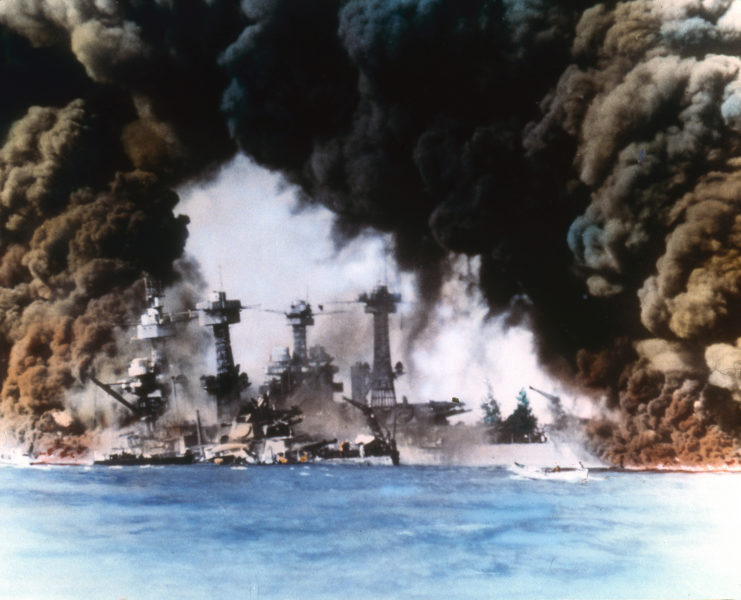
Yamamoto advanced through the ranks of the Japanese military with a methodical and calculated approach, achieving the position of admiral in November 1940. Despite facing resistance from some Army officials, he earned the respect of his sailors and garnered the support of the Imperial family.
His hesitation to engage directly with the United States stemmed from his belief that Japan lacked the resources for a prolonged war, a perspective that shaped his strategic planning for the attack on Pearl Harbor. Yamamoto aimed to strike a decisive blow, intending to disable the US Navy with a single, forceful attack.
The attack on Pearl Harbor was a tactical success for Japan, with successive waves of bombers inflicting significant damage, sinking four American battleships, and destroying 188 aircraft. However, it sparked widespread outrage among the American public, leading to the US entering the war, a course the nation had initially sought to avoid.
Battle of Midway and Yamamoto’s death
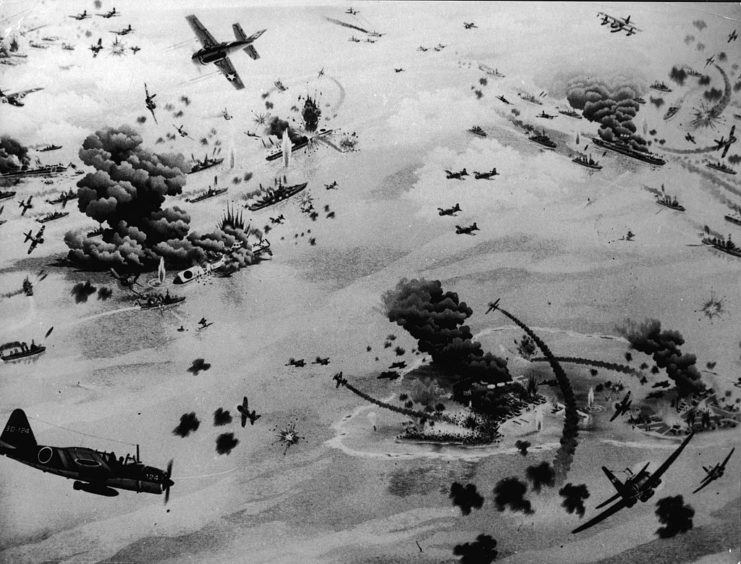
Despite initial Japanese successes after Pearl Harbor, Yamamoto advocated for continued attacks on the US Fleet. The Battle of Midway in June 1942 was intended to maintain Japanese offensive momentum. However, prior to the operation, US forces were able to break the Japanese Naval Code. This intelligence allowed Admiral Chester Nimitz to prepare effectively, resulting in a decisive US victory that shifted the course of the war.
Following setbacks and defeats at Guadalcanal and Midway, Yamamoto embarked on a morale-building tour for his forces. US intelligence intercepted and decrypted details of his itinerary, enabling American pilots to shoot down his plane on April 18, 1943. Posthumously, Yamamoto was honored with the title of Marshal Admiral and awarded the Order of the Chrysanthemum by Japan. Additionally, he received Germany’s Knight’s Cross of the Iron Cross.
Yamamoto’s legacy
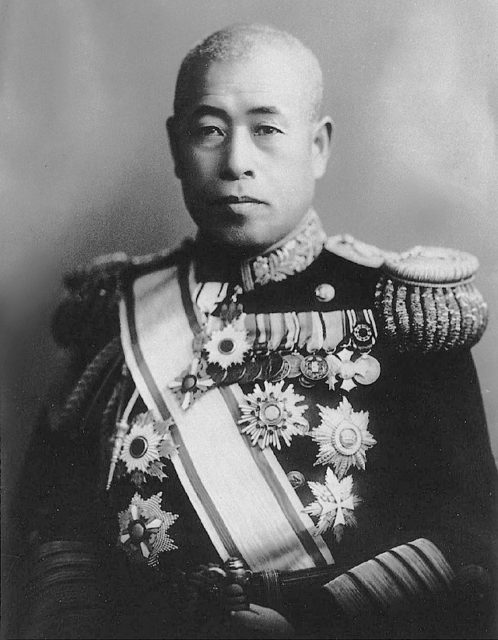
Yamamoto has been featured in a number of films about Pearl Harbor and World War II. Moviegoers may remember him for the Tora! Tora! Tora! (1970) line that he may or may not have uttered: “I fear that all we have done is to awaken a sleeping giant and fill him with a terrible resolve.” The line was also referenced in 2001’s Pearl Harbor.
Historians, however, are not sure he ever actually made this observation.
Are you a fan of all things ships and submarines? If so, subscribe to our Daily Warships newsletter!
Yamamoto was also portrayed by legendary actor, Toshiro Mifune, in three separate films: Rengo Kantai Ichokan Yamamoto Isoroku (1968), Gekido no showashi ‘Gunbatsu’ (1970) and Midway (1976).
